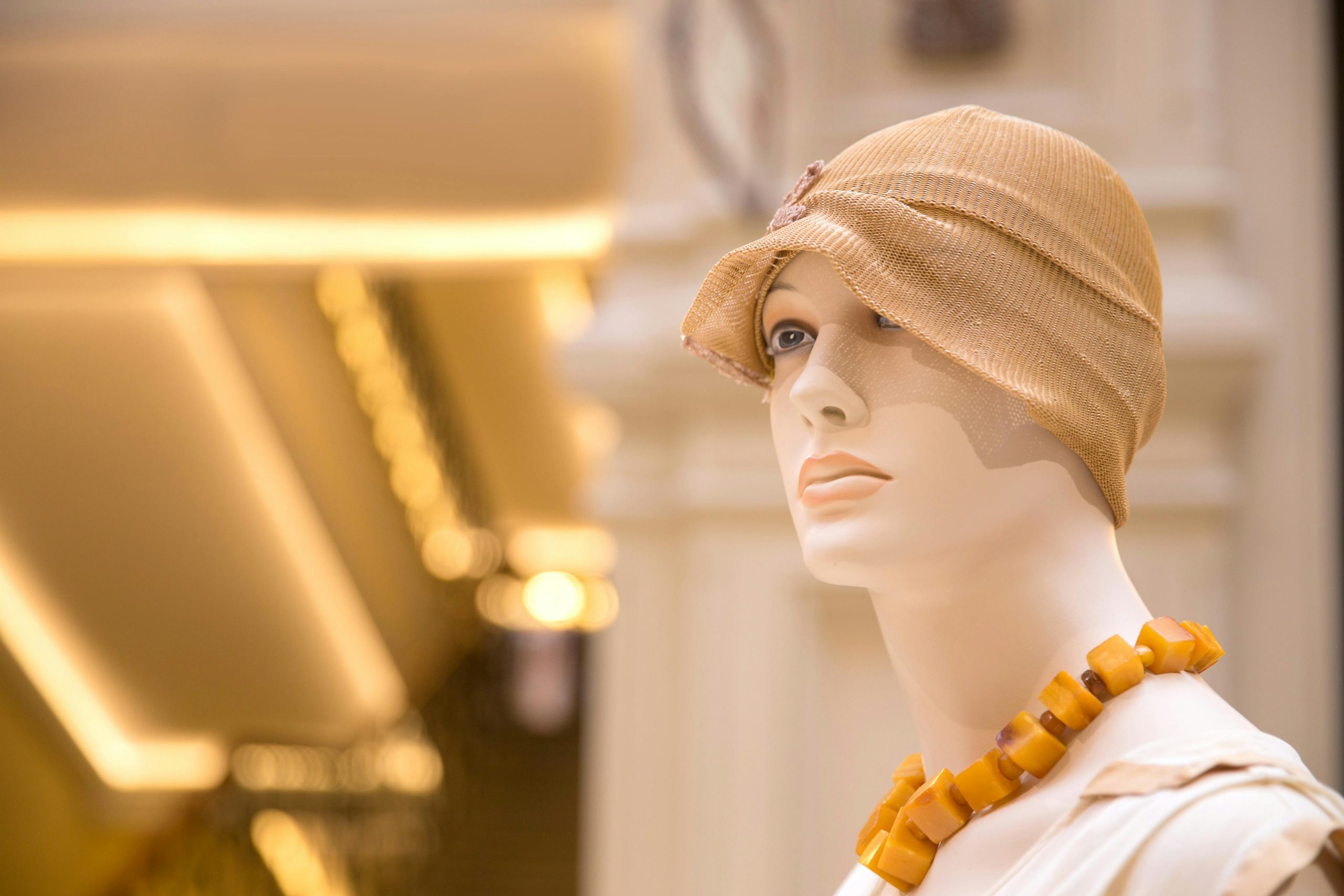The Art of Sustainable & Natural Dyeing
As the name implies, eco-printing is all about exploring the natural world. When you see a piece of fabric, it’s either plain, embroidered, embellished or printed. Fabric printing is a vast subject and there are an array of ways of doing it. One technique fashion designers across the world swear by is eco-printing or botanical printing. It’s a natural and sustainable way of making impressions on fabric. Not to miss, it looks beautiful too. Apparel made from eco-printed fabric is truly one-of-a-kind.
What is Eco-Printing
Eco-printing is a natural dyeing technique that uses flowers, plants, stem, bark and leaves to create impressions on fabric or paper. The process is more than just dipping a leaf in colour and transferring it to a material. First, the part of the plant that is going to be used is obtained, then steamed or boiled in a bundle, and then transferred to the mordanted fabric to obtain a beautiful, natural texture. However, it does not necessarily involve the use of natural dyes for printing. Though traditional methods of natural dyeing have been used for centuries, in recent years, the popularity has increased. This is because there is a heightened demand for garments that are sustainable and eco-friendly. Eco-printing is a new-age term. However, the technique was first identified by Australia-based artist, India Flint. She is regarded as the pioneer of this technique and in her book, “Eco Colour: Botanical Dyes for Beautiful Textiles”, the method has been popularised.
Methods of Eco-Printing
Eco-printing is unique because it relies on natural materials. It’s surely a creative process that gives an artist a chance to connect with the natural flora. The two widely used methods are – binding and steaming, and hammering or pounding. In the former, different plant parts are enclosed between layers of fabric, and then steamed or boiled to create prints. In the latter, plants are hammered with a soft mallet on a layer of fabric before being steamed. Though both the methods are almost the same, there is a slight difference in how the plant part is treated before being subject to heat treatment.
Factors that Influence Eco-Printing
The beauty of this technique is that the print obtained is truly one-of-a-kind. The artist will never know what the outcome will be. Also, with eco-printed fabric, no two final products are the same. Since it is completely handmade, there will be a slight difference and that’s what makes every product beautiful. If you’re someone who wants to master the art of eco-printing, you should be well-versed with the various factors that influence the impressions. Several fashion and apparel design institutes in India are also including eco-printing in their curriculum because the demand for clothes made sustainably has increased. Keep these variables in mind:
Fabric Matters
The quality of the fabric plays a very important role. It’s quite obvious that natural and traditional materials such as cotton, linen, hemp, silk and wool are preferred. Stay away from synthetic fabrics such as rayon and polyester. They just won’t give you the results you’re looking for. Choose your fabric wisely as it affects the clarity and vibrancy of the print. Also, make sure the fabric is natural and not dyed with any synthetic dyes. However, eco-printing works well with woven or knitted fabrics too. Thus, don’t be afraid to experiment. A natural fabric with any thickness can be eco-printed.
Type of Mordant
Using a mordant ensures the results of eco-printing are colour-fast. Mordants are mineral salts such as alum, copper sulphate, ferrous sulphate and titanium oxalate. Alum and iron are mostly used due to its environmental-friendly nature. Iron mordant is ideal for darker shades while alum is preferred for plant parts that are delicate and where a light impression is required. Choosing the appropriate mordant is important to achieve a great outcome.
Sides Matter
Whether you’re using plants, flowers or leaves in eco-printing, the side you use influences the impression you get. For example, the side which is open to the sun is different from the sun that is hidden and protected. Eco-printing is a process of constant experimentation. You never know what you’re going to get until you try.
Contact Duration
Make sure the plant and the fabric are in contact for a long-time. Though the entire process can be completed in a few hours, the length of time influences the clarity and impression. Insufficient time will result in a blur print.
Roll it Tight
Lastly, another eco-printing variable is how you roll it. In the bundling process, roll it up tight. The tighter you roll and tie your bundle; your eco-prints will be clear and crisp. Once it has been bundled, it has to be steamed or boiled in a large pot of water.
Final Thoughts
Eco-printing is a creative process being used by artists and designers even today. They use various plant parts to tell a unique story. If you’re a botanical artist, this process surely brings you closer to nature. It’s meditative and mindfully relaxing too. Imagine, going to a park, collecting flowers and leaves, preparing them and then printing it on fabric or paper.




